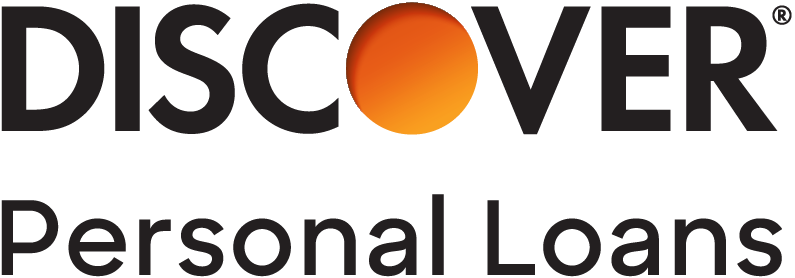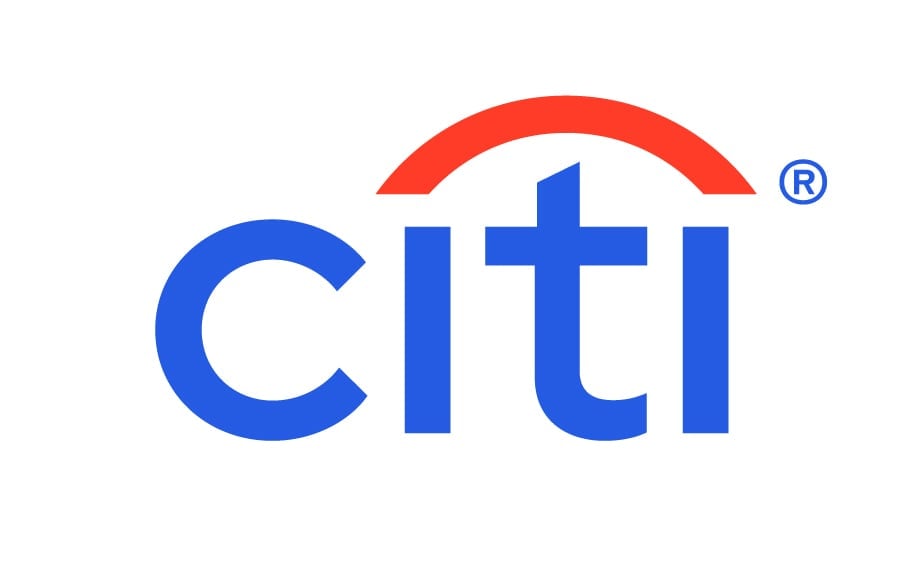How Do Bank Loans Work?
Bank loans work similarly to loans from other lenders, but often require good or excellent credit to qualify.

Many, or all, of the products featured on this page are from our advertising partners who compensate us when you take certain actions on our website or click to take an action on their website. However, this does not influence our evaluations. Our opinions are our own. Here is a list of our partners and here's how we make money.
Banks typically offer personal loans from $1,000 to $50,000, with repayment terms of two to seven years and annual percentage rates that generally range from 6% to 36%. The bank reviews your credit, debt and income to determine your loan amount and rate.
If a bank approves your personal loan application and you sign the required loan documents, you’ll receive the money as a lump sum and pay it back in fixed monthly installments. You can use the money for almost any reason.
» COMPARE: Best banks for personal loans
Who can get a personal loan from a bank?
Some banks only offer personal loans to their existing customers or to people in specific states. Other banks offer loans regardless of your account status or location.
Banks typically require a borrower to have good or excellent credit (690 credit score or higher), multiple years of credit history and a low debt-to-income ratio to take out a personal loan.
When does it make sense to get a personal loan from a bank?
If you have good or excellent credit and an account that’s in good standing with a bank, you may receive a discount on your loan’s annual percentage rate or other advantages, such as a higher loan amount or longer repayment term, if you get a loan from your existing bank.
The best loan typically has the lowest APR and monthly payments that fit into your budget. Check the rate your bank offers against loan offers from other banks, credit unions or online lenders to find the best deal.
Plug the APR, your desired loan amount and the repayment term into a personal loan calculator to get your estimated monthly payments. Missing loan payments can damage your credit, so make sure you can comfortably repay the loan.
Banks that offer personal loans
While some major banks like Capital One and Chase don’t offer personal loans, others do. Here are banks that offer personal loans.
Citibank lends to consumers in all states and Washington, D.C. Citibank customers may be eligible for faster funding and rate discounts.
Discover offers online bank loans to consumers in all states and Washington, D.C. Its loans have features that make them ideal for debt consolidation.
PNC Bank offers loans to consumers in 26 states and Washington, D.C. Existing customers with a PNC checking account may receive a rate discount if they opt for automated payments.
Santander offers personal loans in 28 states, plus Washington, D.C., to existing account holders or qualifying borrowers with an offer code.
TD Bank lends to borrowers, including non-customers, in 15 states and Washington, D.C. Loans are funded quickly.
Truist Bank offers loans to good- and excellent-credit borrowers in 17 states and Washington, D.C., and you don’t have to be an existing customer to apply.
U.S. Bank personal loans are available in 26 states, including for non-customers. Existing customers can get faster funding, longer repayment terms and larger loans.
Wells Fargo offers loans in all states but only to existing customers. Its loans come with a wide range of amounts and repayment terms.
» MORE: Where to get a personal loan
Lender | Minimum credit score | Loan amounts | APR range |
|---|---|---|---|
660. | $2,500 - $35,000. | 7.99% - 24.99%. | |
740. | $2,000 - $30,000. | 11.49% - 20.49%. | |
Not disclosed. | $1,000 - $35,000. | 8.19% - 24.99%. | |
700. | $5,000 - $50,000. | 7.99% - 24.99%. | |
Not disclosed. | $2,000 - $50,000. | 8.99% - 23.99%. | |
Not disclosed. | $3,500 - $50,000. | 8.87% - 17.82%. | |
See my rates on NerdWallet's secure website | 0. | $1,000 - $25,000. | 8.74% - 24.99%. |
Not disclosed. | $3,000 - $100,000. | 7.49% - 23.74%. |
Small bank loans
If you’re looking for a smaller personal loan, some banks have fast-funding loans up to $1,000.
Bank of America, for example, offers Balance Assist, a small-dollar loan that allows checking account customers to borrow up to $500 for a $5 flat fee. Repayment is due in three equal monthly installments, and you can apply online and be funded within minutes.
U.S. Bank offers a similar product with its Simple Loan. This small-dollar loan is available to checking account customers in $100 increments, up to a max of $1,000. It costs $6 for every $100, and borrowers repay the loan in three monthly installments.
Wells Fargo offers Flex Loan, which is available only to pre-approved customers in the lender's mobile app. Borrowers can choose from two loan amounts — $250 or $500 — with a $12 or $20 fee, based on the loan amount. Repayment is due back over four monthly installments.
Small-dollar loans can help cover a one-time emergency expense or repair, but they’re not usually a good idea for repeat borrowing. Before applying for a small-dollar loan, make sure you can pay back the loan, and any fees, in the allotted time period.
How to get a personal loan from a bank
While some banks still require an in-person visit to apply or close a personal loan — especially if you’re a new customer — many banks offer online application and funding processes.
A first step that some banks offer is pre-qualification, which previews whether you qualify, how much you can borrow and what rate you can get. There is a soft credit check when you pre-qualify, so you can compare loan offers from multiple lenders without impacting your credit score.
Some traditional banks don’t offer pre-qualification and instead require you to submit a formal loan application. This can trigger a hard credit pull, temporarily dropping your credit score by a few points.
Bank loan applications typically ask for personal details, like your Social Security number and contact information. You may also be asked to provide proof of employment and income. Any existing accounts you have with the bank will likely be considered as part of your application.
Once approved, funding can be as soon as the same or the next business day or may take up to one week.
How can I improve my chances of getting approved?
There are a few steps you can take to help you qualify for a personal loan:
Build your credit. Your credit score is one of the most important factors on a personal loan application. Check your credit report and resolve any mistakes that might be hurting your score. You can get a free credit report with NerdWallet or at AnnualCreditReport.com.
Be consistent about on-time payments toward all of your debts. This will help improve your debt-to-income ratio and build up your payment history — a significant factor determining your credit score.
Apply only for the amount of money you need. Requesting a high loan amount means you’ll be making higher loan payments each month. A lender might view that as risky, since it could strain your budget and ability to pay your debts.
Consider a co-applicant or secured loan. Adding a co-signer or co-borrower with a higher credit score and income can boost your approval chances. Some banks offer secured loans backed by a savings account or vehicle, which makes the loan less risky for the bank.
Additional options for personal loans
Credit union personal loans often have features similar to bank loans, like low interest rates and flexible repayment terms, but can be an option for people with fair and bad credit scores. You’ll need to become a member of the credit union before applying for a personal loan.
Online personal loans are available to borrowers across the credit spectrum and are usually faster and more convenient than bank loans, though interest rates may be higher. Online lenders may charge an origination fee, but most let you pre-qualify for a loan.
on NerdWallet






